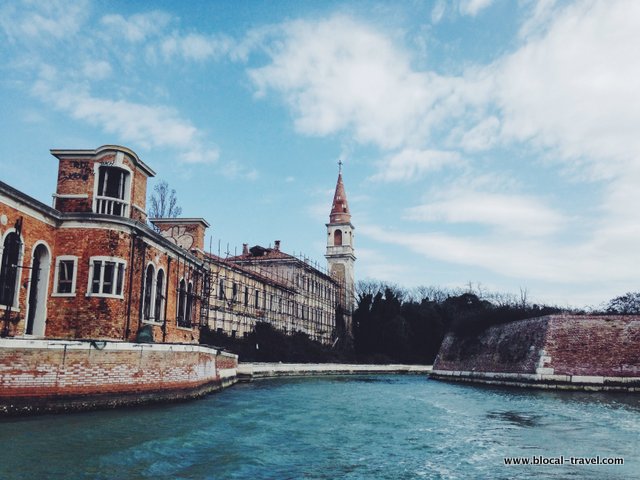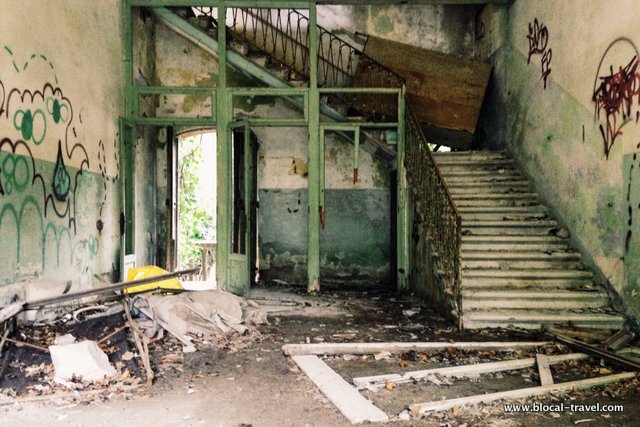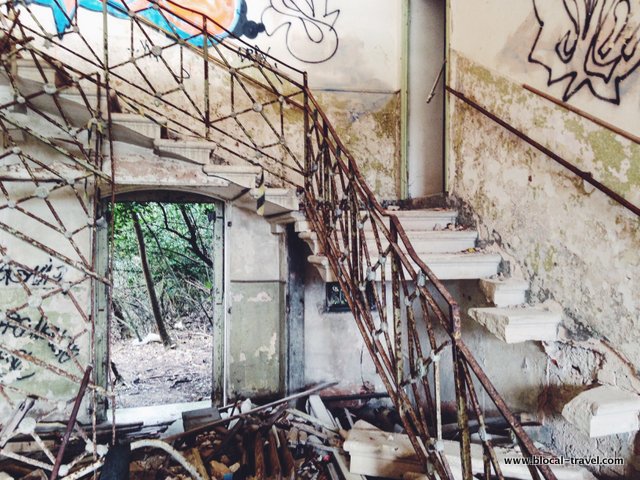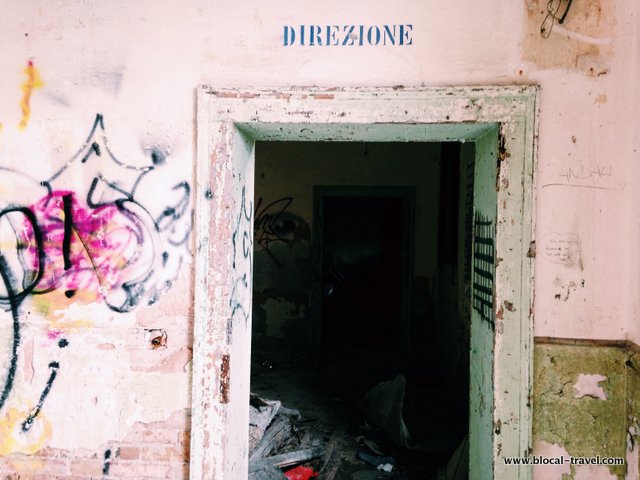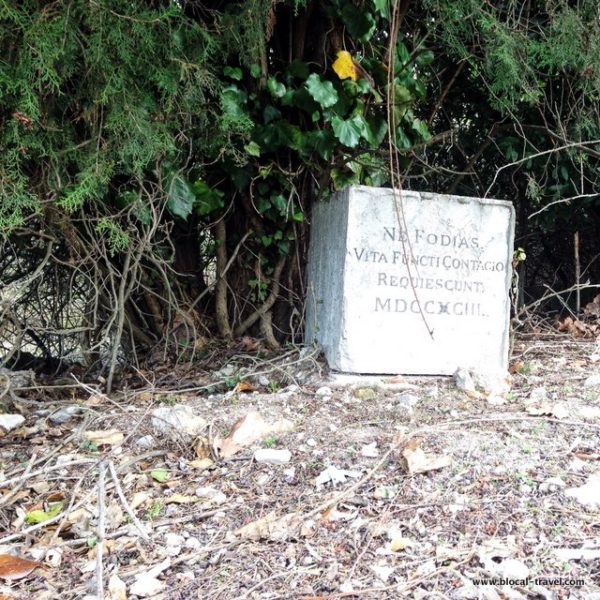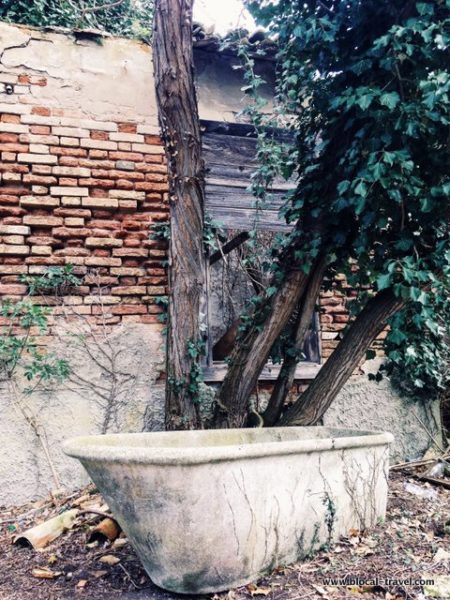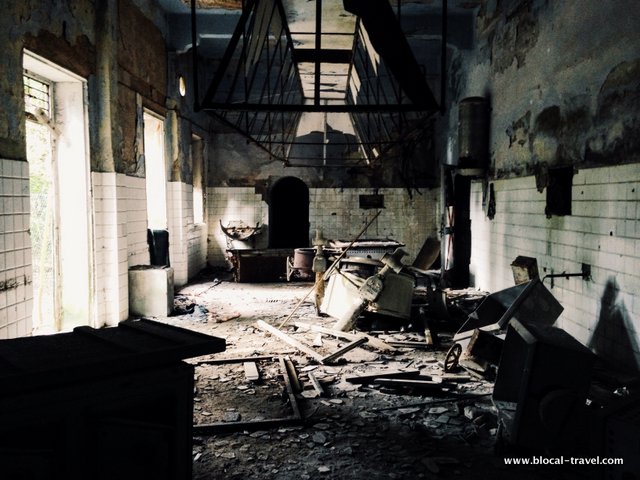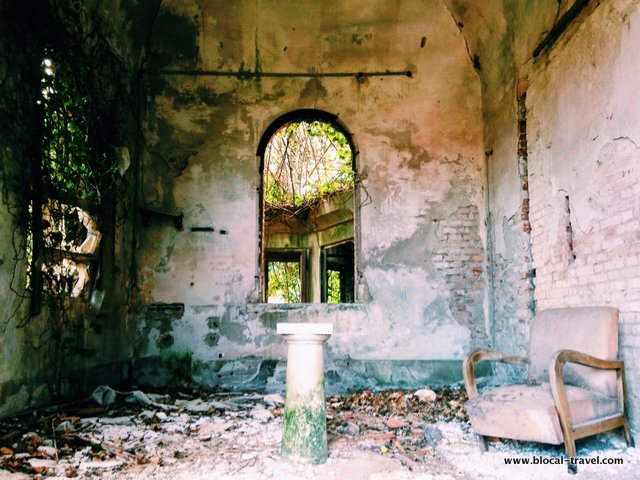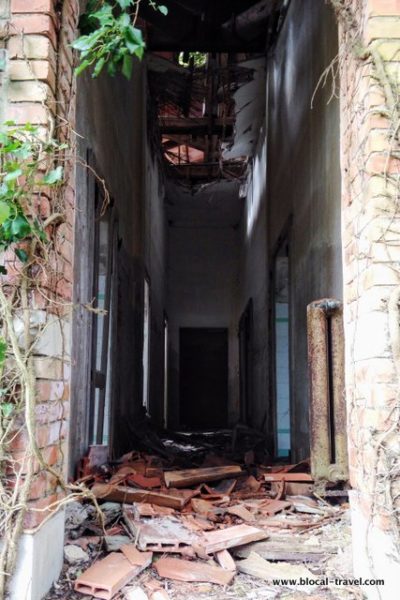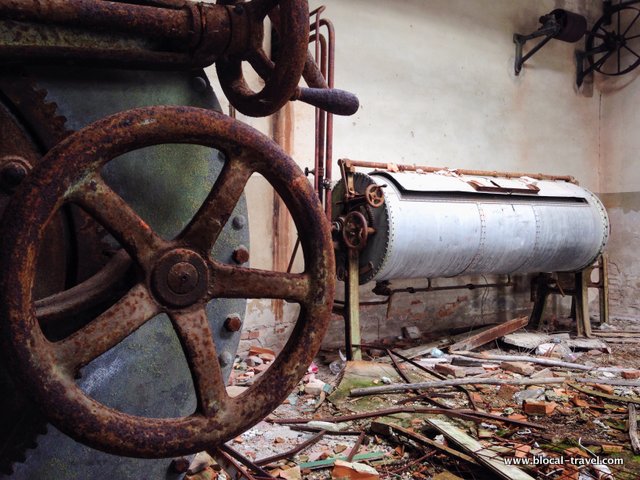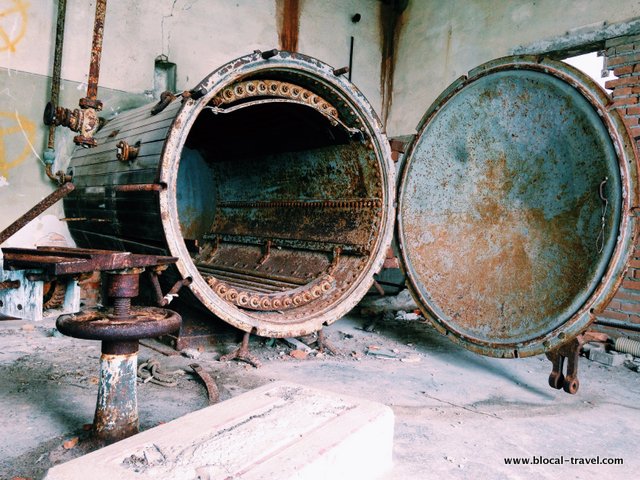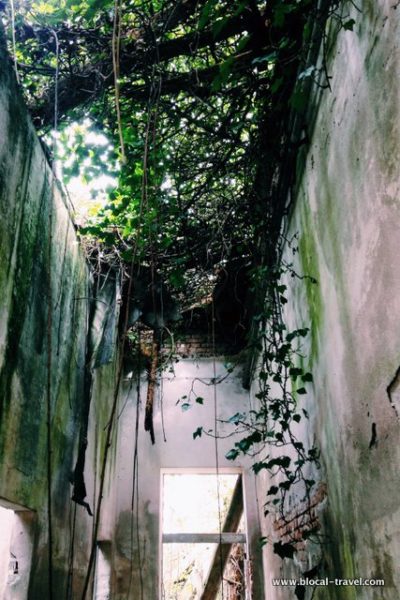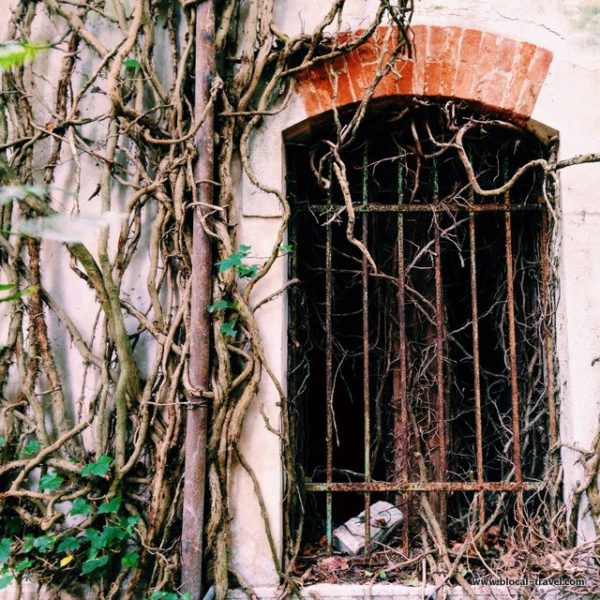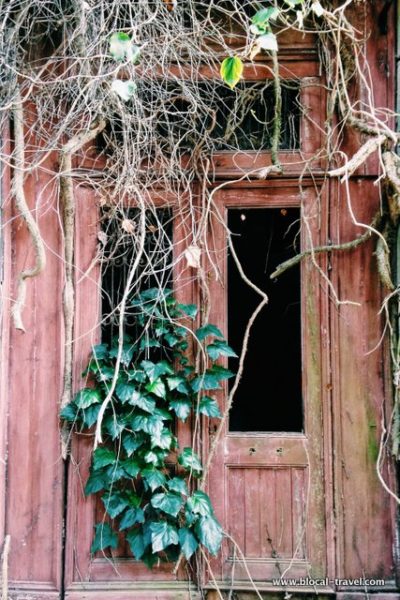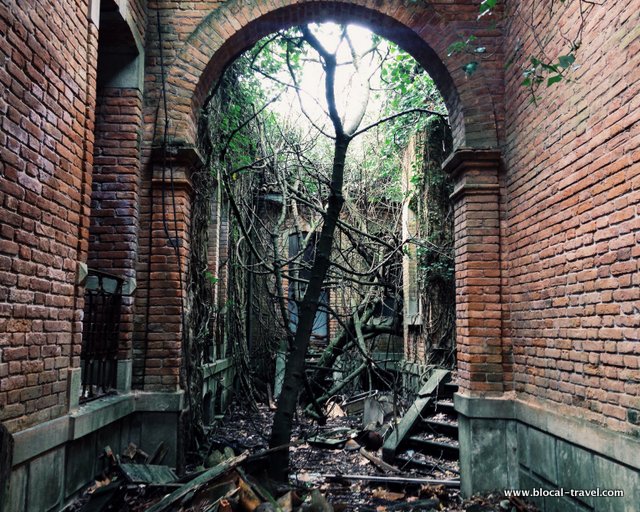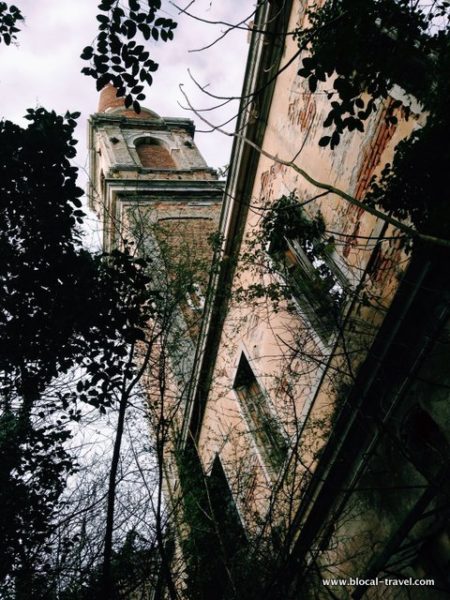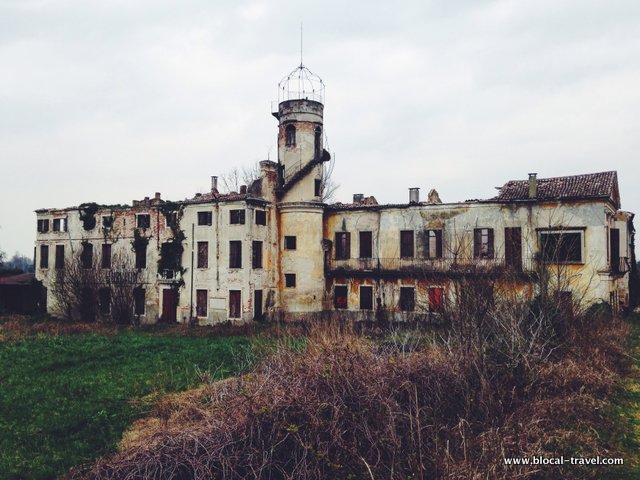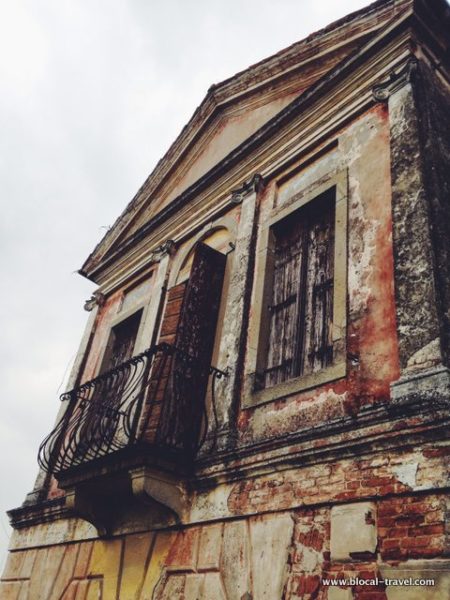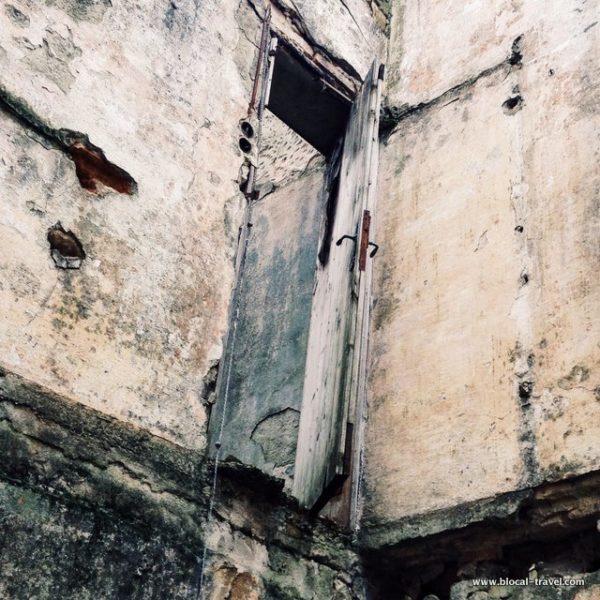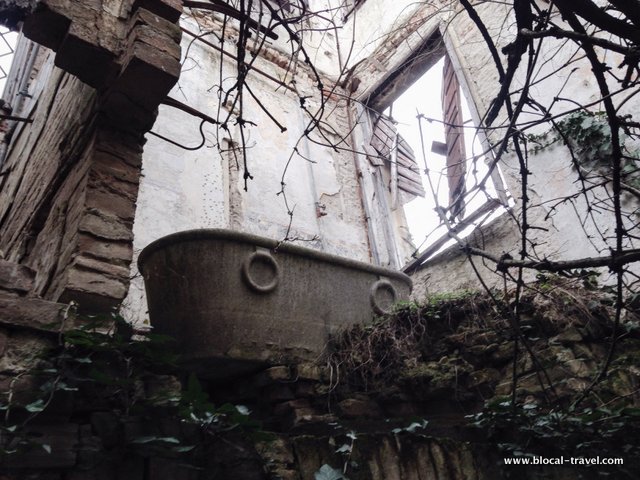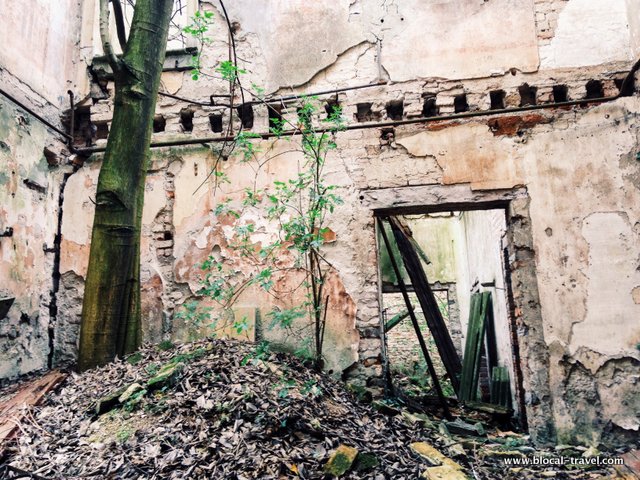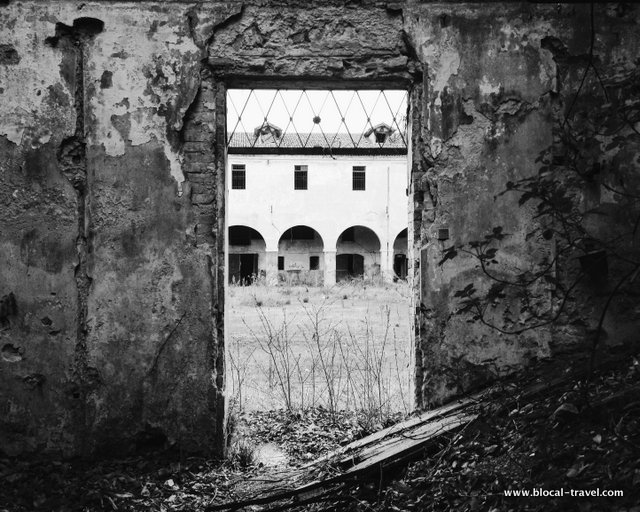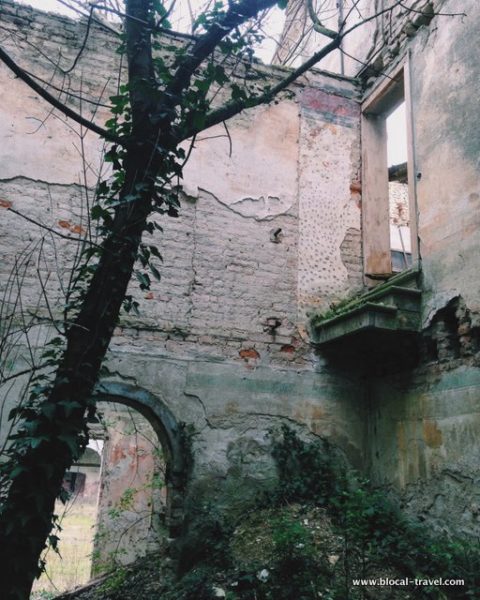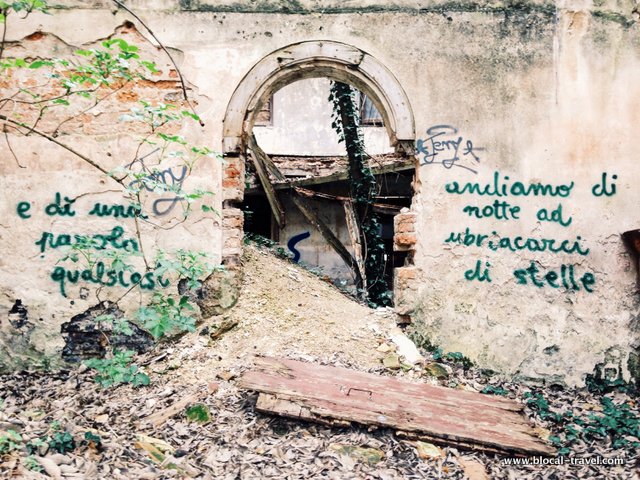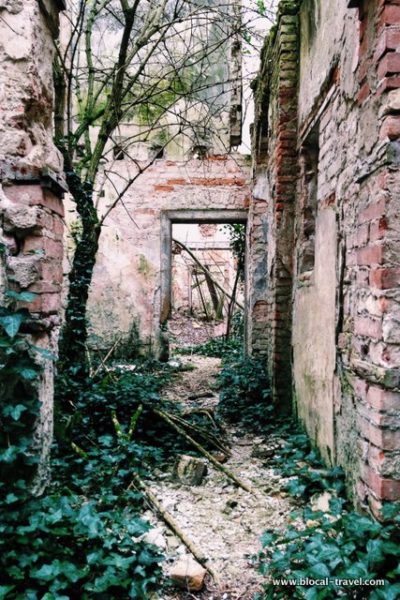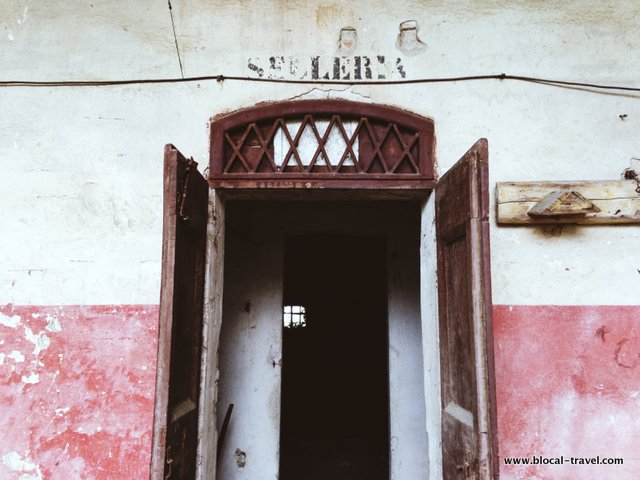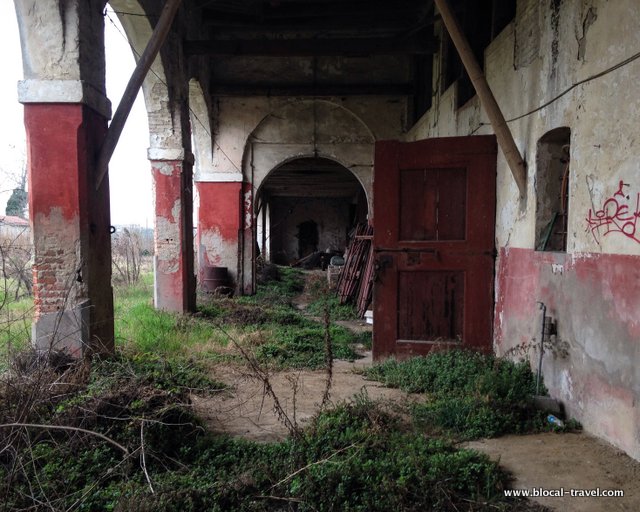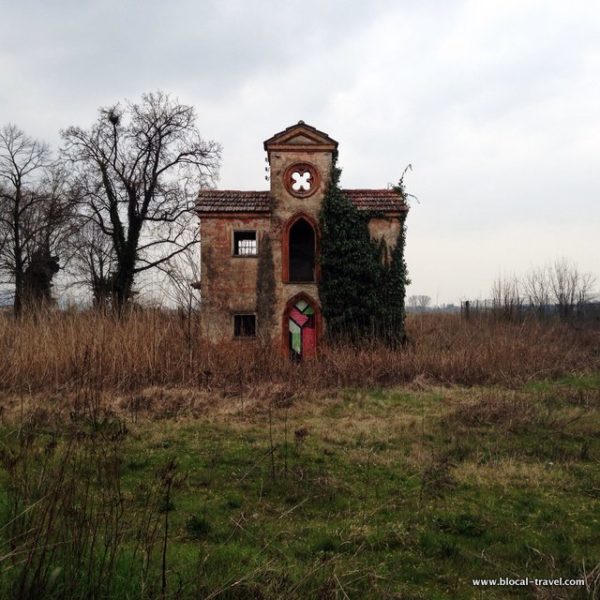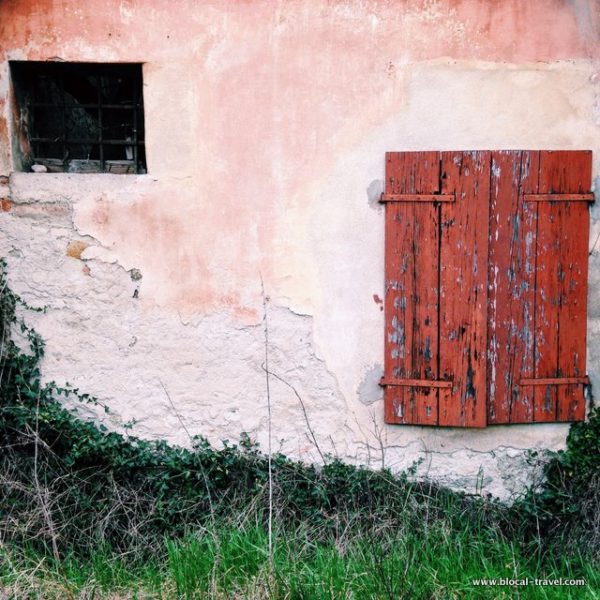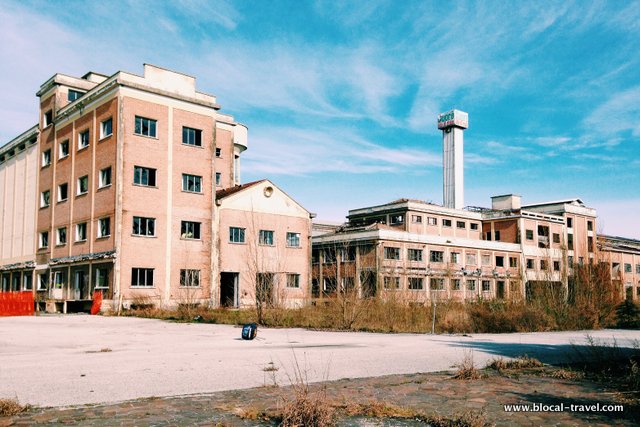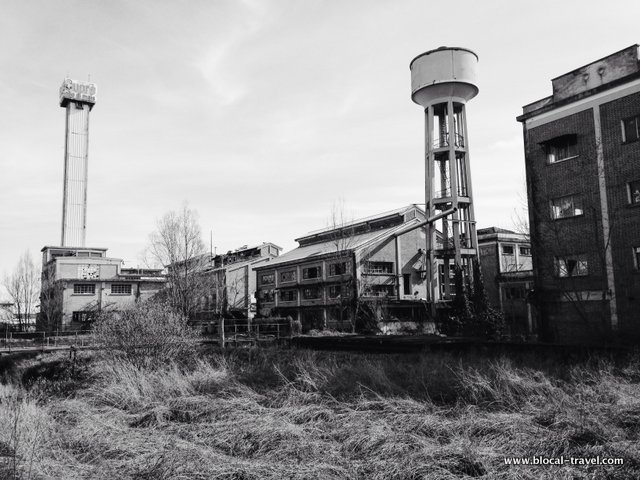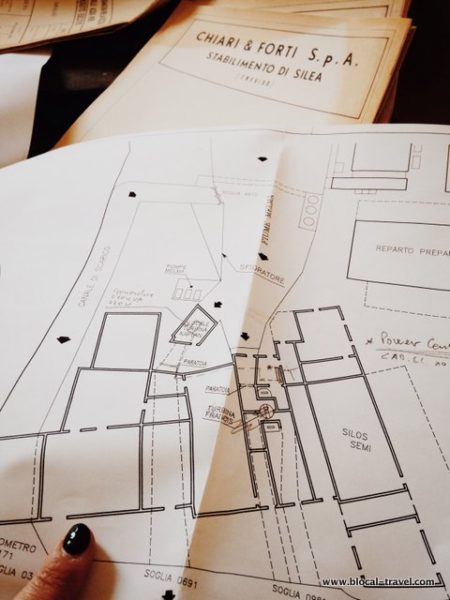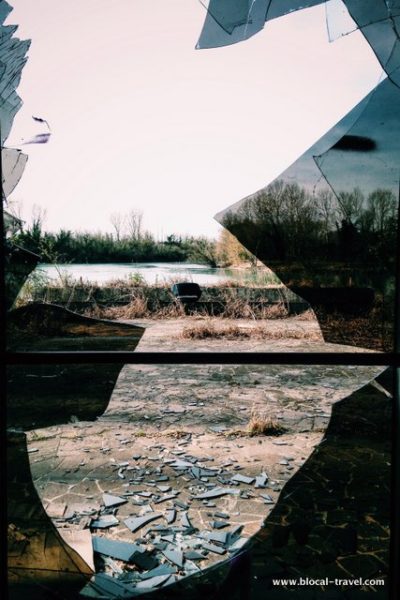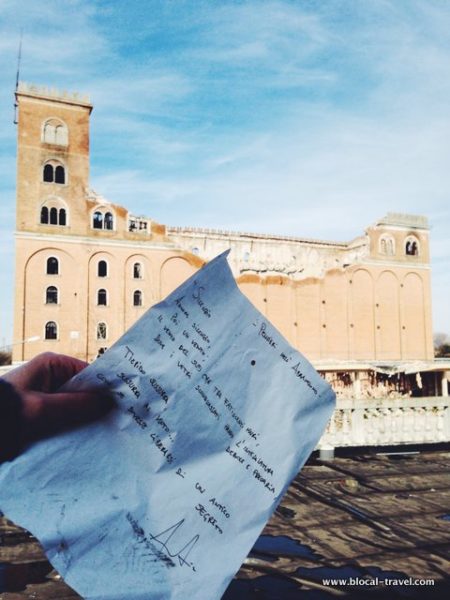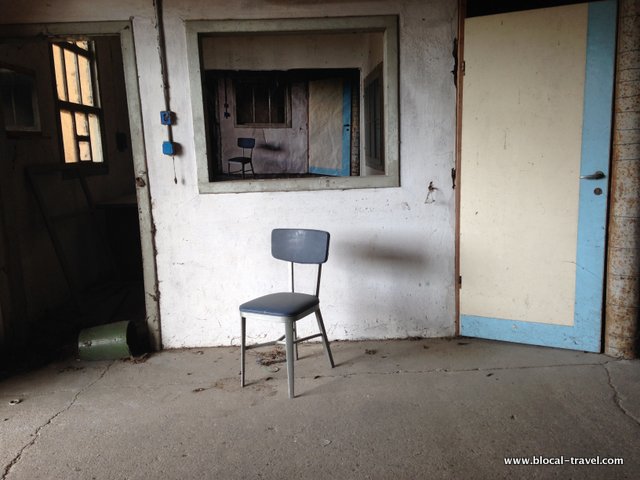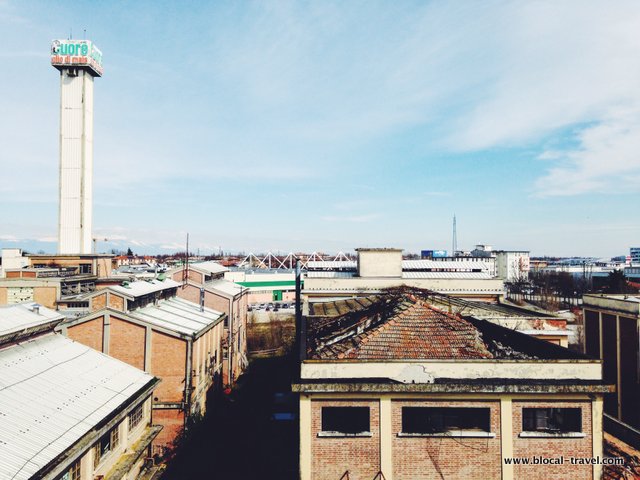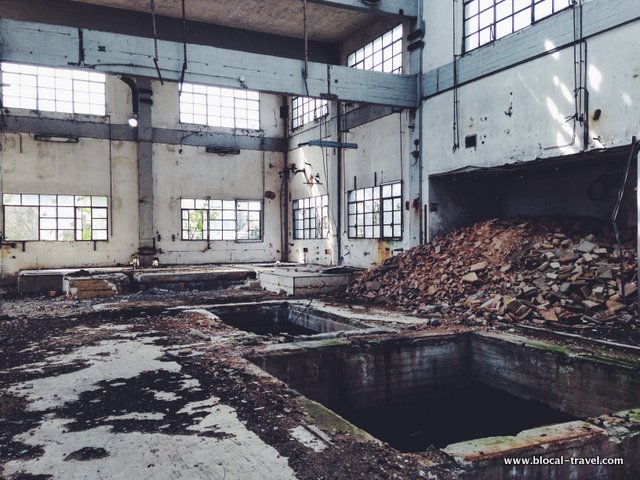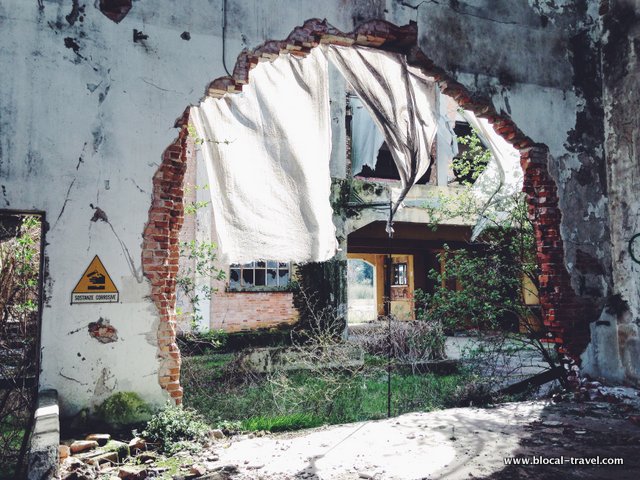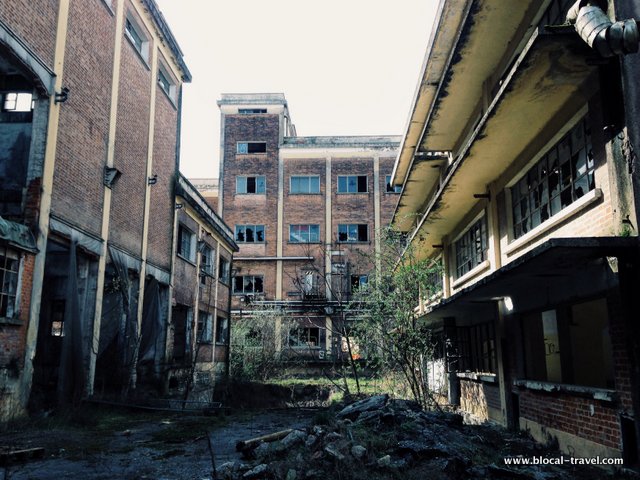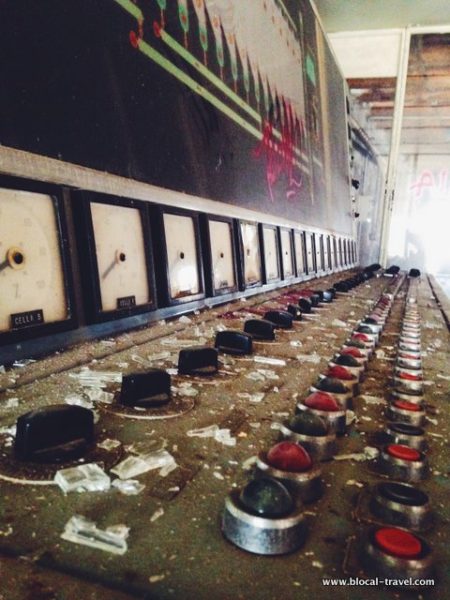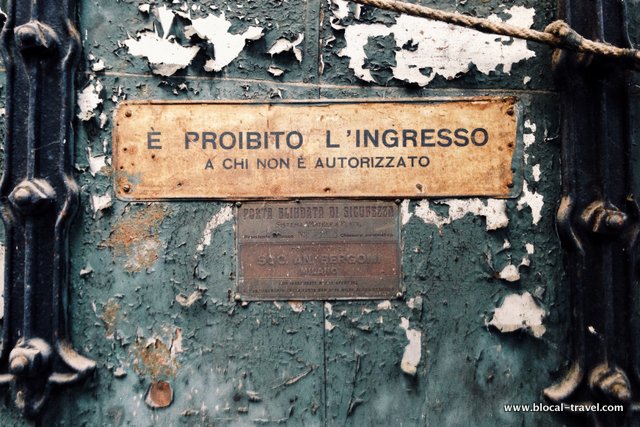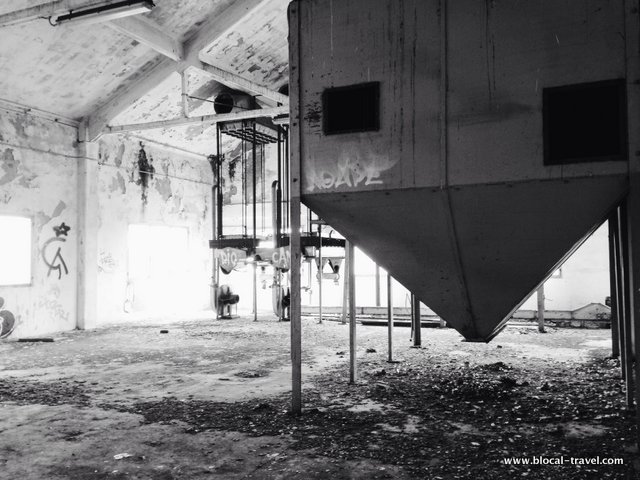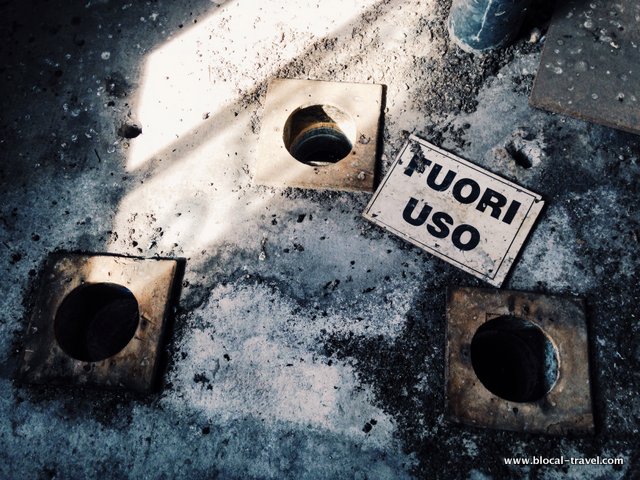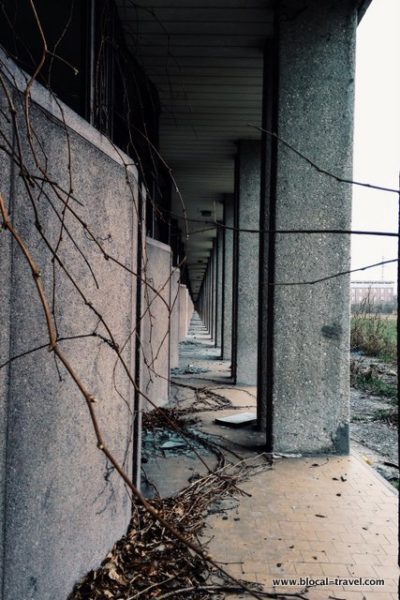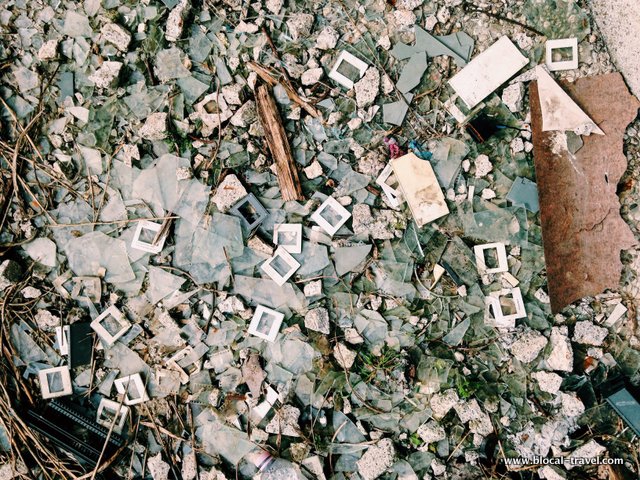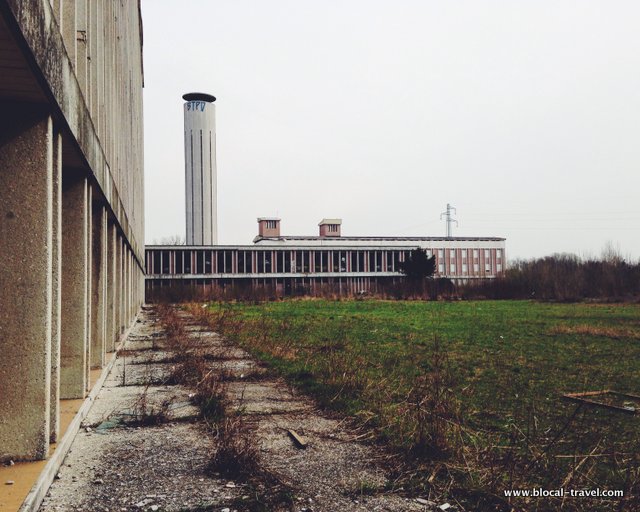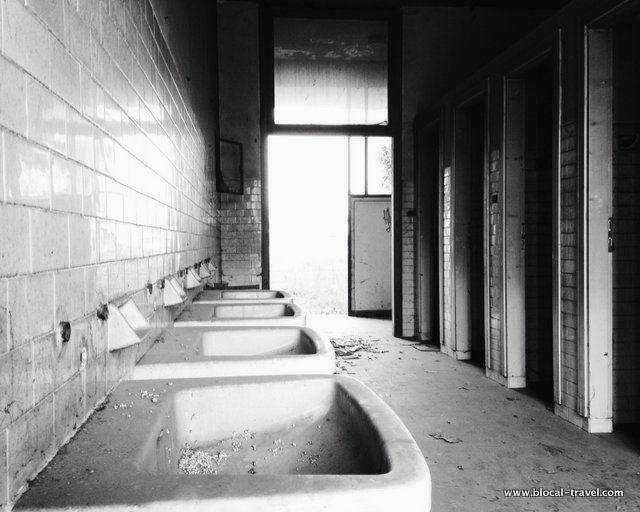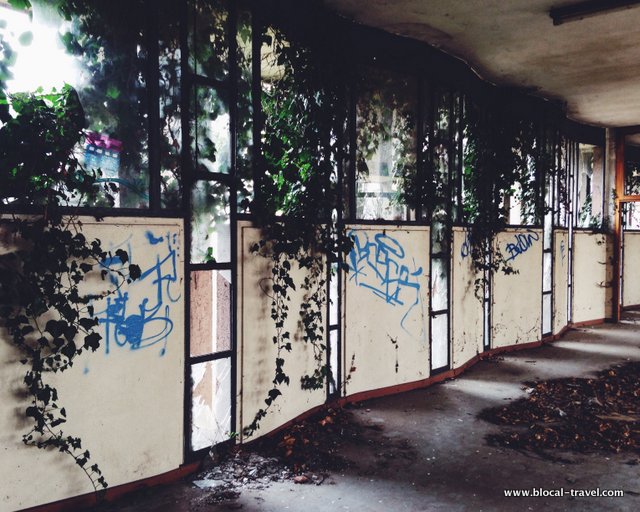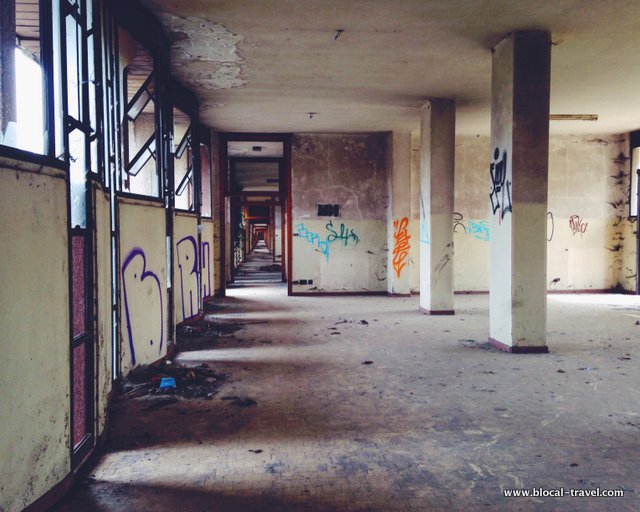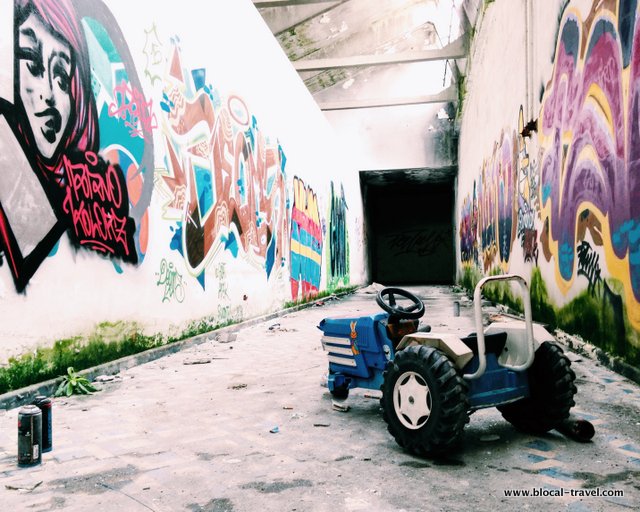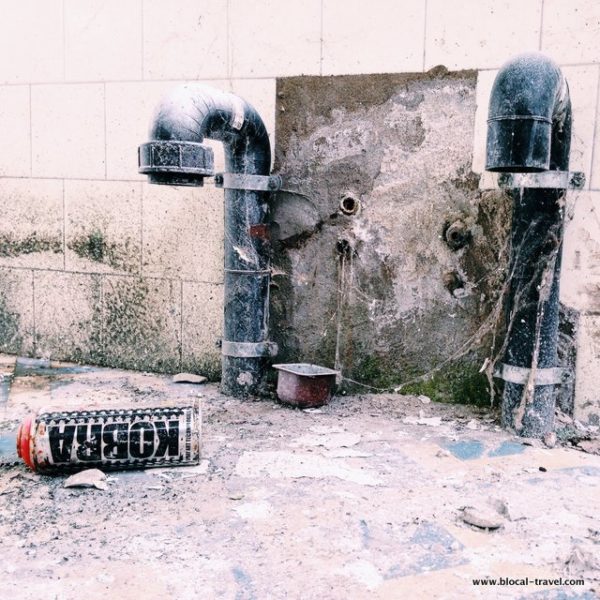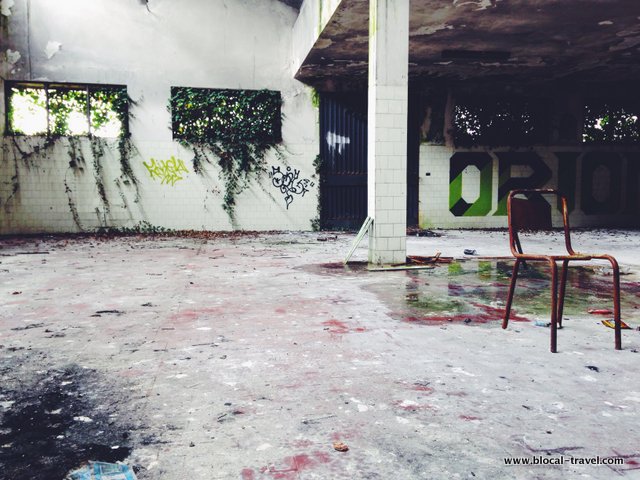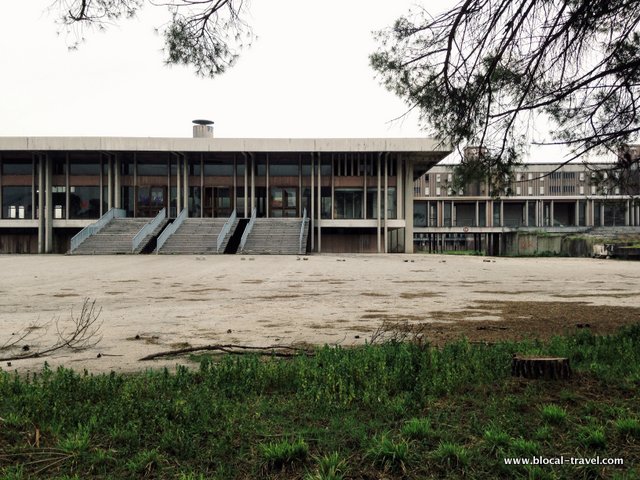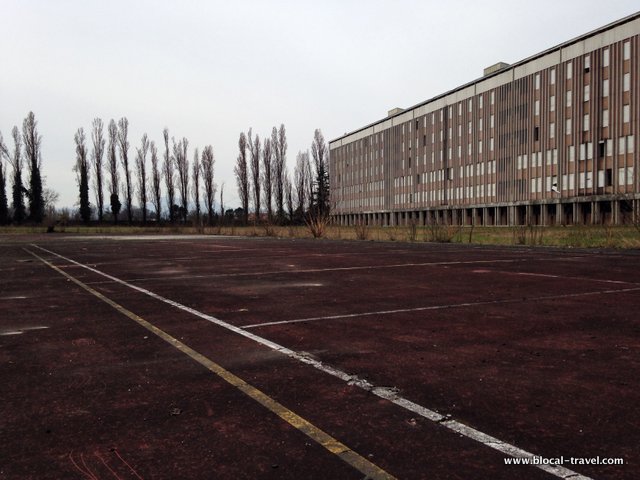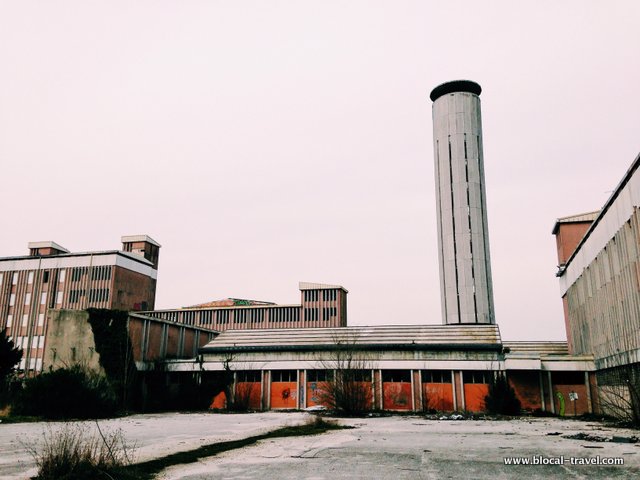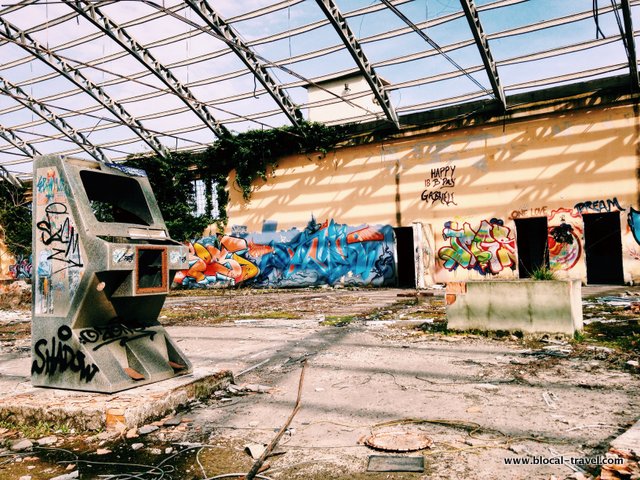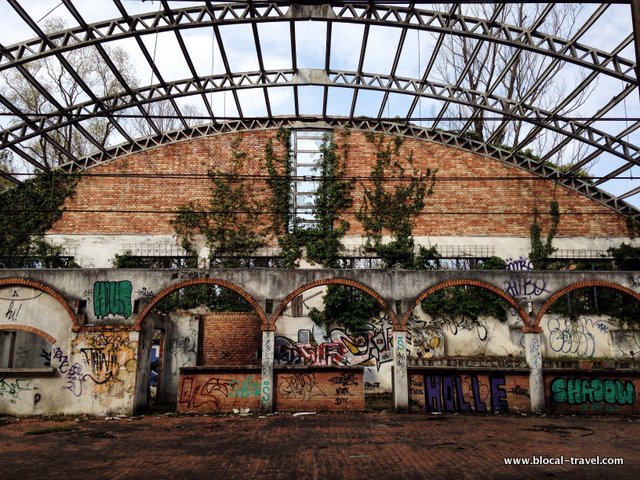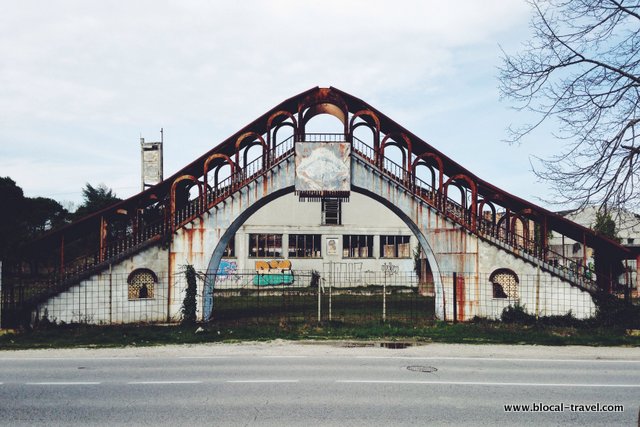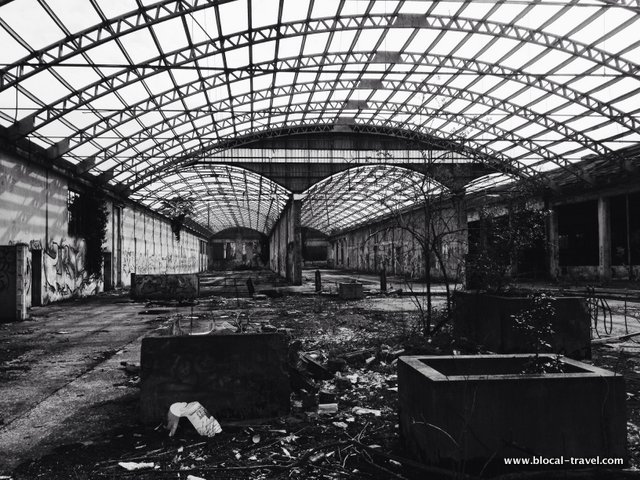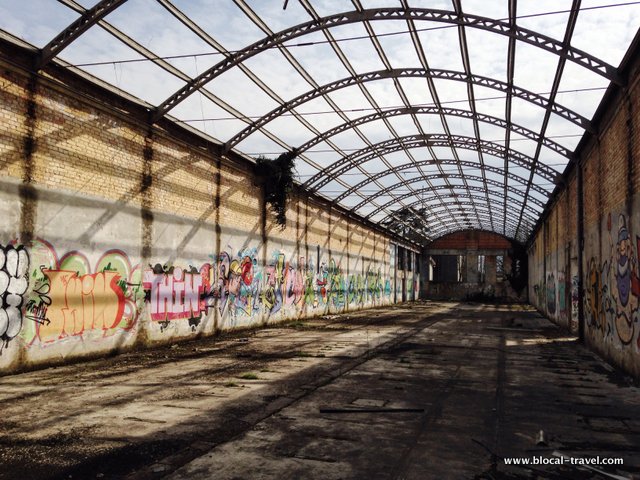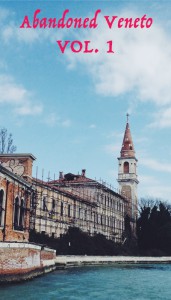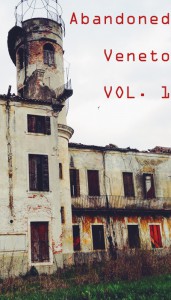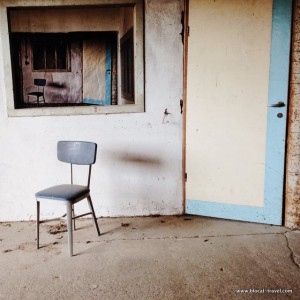 After exploring the most underrated islands in the Venetian lagoon, I still had a couple of days left in Veneto and that’s when the most adventurous part of the trip began. I finally had the chance to go to Poveglia, the haunted island of the lagoon, and in the following days I also visited an abandoned industrial site, a derelict amusement park, a neglected villa and a former seminary. Enjoy the report and let me know what other abandoned places in Veneto are worth a visit: I might go back soon!
After exploring the most underrated islands in the Venetian lagoon, I still had a couple of days left in Veneto and that’s when the most adventurous part of the trip began. I finally had the chance to go to Poveglia, the haunted island of the lagoon, and in the following days I also visited an abandoned industrial site, a derelict amusement park, a neglected villa and a former seminary. Enjoy the report and let me know what other abandoned places in Veneto are worth a visit: I might go back soon!
Abandoned places in Veneto > Poveglia Island
I deliberately avoided reading any of the many creepy stories about Poveglia before my visit, but, once I was walking on the haunted ground of the abandoned island, I still jumped back at every little noise. Even if they were obviously made by myself or the wind, which was blowing especially hard, funnelling through all those broken windows and empty hallways.
There is a kind of distressful energy looming over that island, a place that, from Roman times, was used as a mass grave.
This ‘tradition’ carried on until the 16th century, when the Black Death hit Venice and the plague victims were buried there. Anyone even suspected of carrying the virus was evicted from their home and ferried to Poveglia.
Despite the rumours, there has never been a mental asylum there: the buildings on the island served first as a leper hospital and later as a hospice, until the island was abandoned for good in the 1940s.
Inside these buildings there are still several objects left around, giving the impression that the island wasn’t abandoned so long ago. Except that the objects are all rusty, the buildings are neglected and the plant life has covered almost every square meter.
Plants are growing everywhere, going in and out through every orifice and they embroider the walls and the ruins of the buildings, which btw have already been covered by a bright green moss.
Poveglia Island: how to get there
Technically access to the island is forbidden, so you need to find someone with a boat who is willing to take you there (but be aware that professional boatmen and taxi-boats are really expensive!).
Abandoned places in Veneto > Villa Sgaravatti (PD)
It must have been so lovely to live here!
Lost in the countryside, surrounded by the open sky, this site is small but very nice. Urbex people nicknamed it after the tower, which is accessible and, from up there, the view is amazing.
This villa was probably built around 1550, while the tiny church and the stables were added at the end of the 18th century. The tower, which is the most impressive feature of the complex, was built in different periods, which we can see from its different architectural styles.
The villa was inhabited until the 1950s and, from 1988, a series of devastating fires destroyed the interiors. Nowadays, there are no ceilings left, everything has collapsed and the ground is covered with brick dunes, among which lots of snails live. Big trees grew through them and the walls are completely covered by ivy.
There is a nice contrast between the bright green of the nature and the pale red of the fading stucco, enhanced by several quotes and romantic sentences spray painted on the ruined walls.
On the other side of the courtyard there is the former stables, whose architecture looks more modern and in a better state of conservation.
But my favourite feature of the place is the tiny church left alone in the middle of the yard.
Villa Sgaravatti: how to get there
This villa is in Giarre (Abano Terme), a small village conveniently located a bus drive away from Padua. The ‘entrance’, which is visible from the bike lane running along the right side of the villa, will require a bit of ‘creativity’…
Abandoned places in Veneto > the Chiari e Forti industrial site (TV)
The first thing I saw of this factory was its high tower, rising up above the horizon. The tower still displays the billboard of a popular brand of oil that was produced here, together with different kinds of beverages.
This huge complex is composed of three different kinds of buildings: the old mill, which was partially destroyed by a fire, the administrative offices and the warehouses. We began our tour at the former offices, where we found several maps of the site, floppy disks and other kinds of documents.
I stopped to read some of these papers, trying to understand the site plan, then I rummaged through the drawers of the ramshackle filing cabinets.
I could see the river out of the broken windows and, going through one of these on the second floor, I stepped onto a flat roof and looked at the entire factory site in all its fading glory.
There, I found a piece of paper with a poem about abandonment, which can be translated more or less like this:
Poem of Abandonment: “Silence”
Silence again,
then the wind;
the wind from the south that through crumbling walls,
whose shattered windows have a weak and precarious casement,
tepidly whispers,
whispers in vain…
as if it must unfetter itself from an ancient secret.
This place inspired not only poets, but also visual and street artists. My favourite street artist to paint here is A.L. and this is the most amazing trace he left in this factory:
But even better than that is the art of an anonymous photographer who printed pictures of neglected rooms and pasted them in the exact place where they were taken, creating an amazing mirror effect.
After the offices we explored the former mill, which –with its red bricks and wooden floors- is the oldest and most scenic building in the complex. The higher we climbed its wooden stairs, the better the view we got over that wasteland of neglected industrial buildings.
Actually, the best view would be from the top of the tower, which is accessible, even if I didn’t dare to go so high.
The last buildings we entered had been some kind of warehouses, but they weren’t much to look at anymore: doors were scraped, windows broken and ceilings crumbled, while a thick wood of big trees is growing inside these tumbledown skeletons.
Originally built at the end of the 19th century as a mill, the complex was sold to the food company “Chiari e Forti” in 1937. Several popular food brands were produced here, such as Olio Cuore, Gatorade and Caffé Caldo.
But after a first period of growth, during which the company opened several branches in northern Italy, the company accumulated debts and it was forced to sell off several brands, until it definitely shut down in 2004.
Chiari e Forti: how to get there
The ex-Chiari e Forti is in Silea, a village located only 6 kilometres away from Treviso. The former factory is easily accessible from the side of the road. Just walk for a few minutes along the path starting from the main road and you will find a stretch of the fence that has been opened.
Abandoned places in Veneto > Ex-seminary in Selvazzano Dentro (PD)
This huge complex, which housed a school for the education of priests, was abandoned at the beginning of 2000. Nowadays it is in a pretty bad shape, all vandalized and plundered.
This feeling of neglect enhances the innate sadness of this complex, which is made of several ugly buildings from the 1970s, half grey and half pink; a modular ugliness that is repeated one building after another.
Ex-seminary in Selvazzano Dentro: how to get there
Once in Selvazzano, a small village easily reachable by bus from Padua, you should reach via Montegrappa and get closer to the complex by crossing the field at the right side of it.
On that side of the surrounding wall you will find several spots through which you can enter. We took advantage of a tree that has fallen on the wall, therefore breaking it and –at the same time- serving as a bridge.
Abandoned places in Veneto > the former amusement park ‘Veneland’ (TV)
I have a thing for abandoned amusement parks, as they are the kind of abandoned places where the contrast between a crowded, lively past and a neglected, sleepy present is especially evident.
This park has no special attraction left, apart from the scenic entrance, which is copied from the Rialto Bridge in Venice.
It operated for a very brief period: from 1977 to 1980. It comprised a skating rink, carousels, games, a pizzeria and a small zoo. But even if the park attracted many families from the very beginning of its activity, it closed just a few years after opening, as the owners claimed that they weren’t making enough money out of it.
Veneland: how to get there
The park is easily accessible from the road (via Marocchesa, Marocco di Mogliano Veneto) and the surrounding fence is open on the right side of the complex.
Check out my ‘Abandoned Italy‘ series!
PEEK THROUGH || You can spot these abandoned places in my short video “4 days in Veneto… in 40 seconds!“
You can hover over these (or any image) to quickly pin it!
